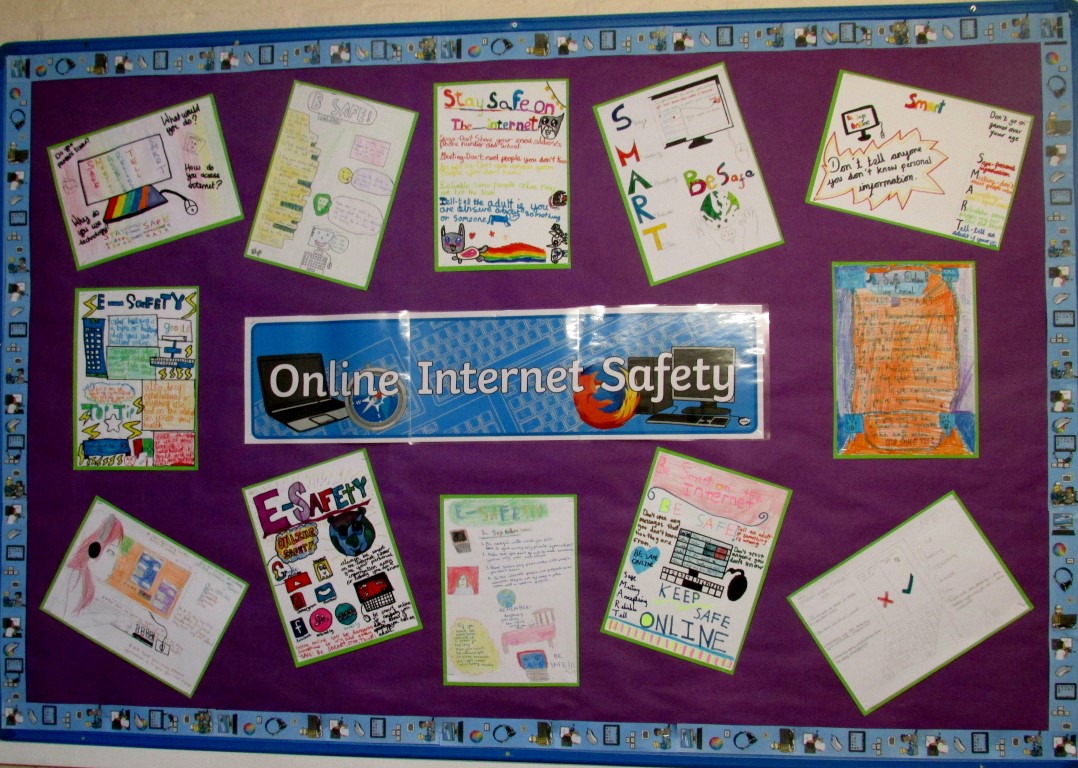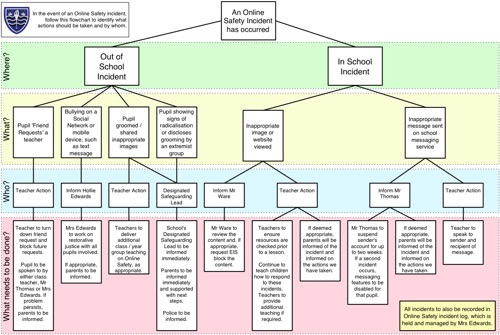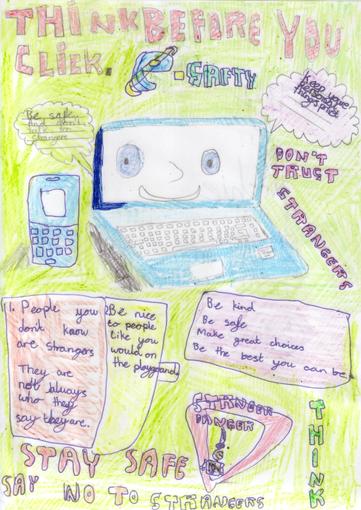Featured News

Online Safety
Need some help?
If you're worried about anything you've seen online, talk to your parents or a teacher immediately. You can also click the CEOP button below to get immediate help:
In addition, you can find some great resources on the following pages:
Also remember these 5 SMART rules for staying safe online:
Safe |
Keep safe by being careful not to give out personal information when you’re chatting or posting online. Personal information includes your email address, phone number and password. |
Meet |
Meeting someone you have only been in touch with online can be dangerous. Only do so with your parents’ or carers’ permission and even then only when they can be present. Remember online friends are still strangers even if you have been talking to them for a long time. |
Accepting |
Accepting emails, DM messages, or opening files, images or texts from people you don’t know or trust can lead to problems – they may contain viruses or nasty messages! |
Reliable |
Someone online might lie about who they are and information on the internet may not be true. Always check information by looking at other websites, in books, or with someone who knows. If you like chatting online it’s best to only chat to your real world friends and family. |
Tell |
Tell a parent, carer or a trusted adult if someone, or something, makes you feel uncomfortable or worried, or if you or someone you know is being bullied online. |
How we teach E-Safety
E-Safety is taught through three main areas; computing lessons, PSHCE lessons and anti-bullying week. Although E-Safety is woven in to the majority of lessons, it is taught more explicitly in term 1 with the following objectives:
Year 3 - Blogging and blog comments.
Children contribute to a class blog and learn what is appropriate to include in blog comments.
Year 4 - Safe use of search engines
Children learn how to use search engines more effectively and what to do should something a website appear that upsets them.
Year 5 - Email and instant messaging
Children are given access to their own safe, monitored email account through Google Apps for Education. They are taught how to format emails appropriately, what should and shouldn't be included in an email and the risks of opening attachments from unknown senders.
Year 6 - Social networks and websites
Children continue to use their Google Apps for Education account, this time to create a website on a topic that interests them. They learn about how websites can be trusted and what is appropriate to include on a website. They also learn more about social networks and how they can be used safely.
E-Safety Incidents
In the event of an E-Safety incident, we will follow a clear flowchart to identify what has happened and what actions should be taken. Click here to view the flowchart.
E-Safety for Parents
It can be easy to feel daunted by the breadth of technology that young people use nowadays, but here are some helpful tips for parents to consider when talking to their children about internet safety:
- Involve yourself in your child's online activity. Talk to them about the websites they visit and the things they do online. Show an interest as this will help keep lines of communication open.
- Think about where your child accesses the internet from. A computer in a shared space, such as a living room, makes it far easier to be involved in their online activity, but, especially with older children, it's not always practical. Remember, if your child has access to a tablet or smartphone, they almost certainly have access to the Internet. Talk to them about what they're online.
- Most social networks have a minimum age limit of 13. However, in reality, it's very difficult to police. Talk to your child about the social networks they're on. Take the opportunity to sit down with them and review any photos they're sharing as well as who their friends are.
- Help your child secure their profiles on social networks. The default setting is often the weakest, so take time to secure the account so it's only visible to friends.
Explore other topics of conversation on the Childnet website.
E-Safety Workshops
In the past we have run a number of E-Safety workshops for parents. These have covered:
- How to activate Google's Safe image Search
- The risks of YouTube comments
- The steps needed to protect a Facebook page (nb. Facebook state that you need to be 13 or over to have an account)
- How to restrict access to certain features on mobile devices, such as iPods, iPads and iPhones
To access the parental guide, click here.









